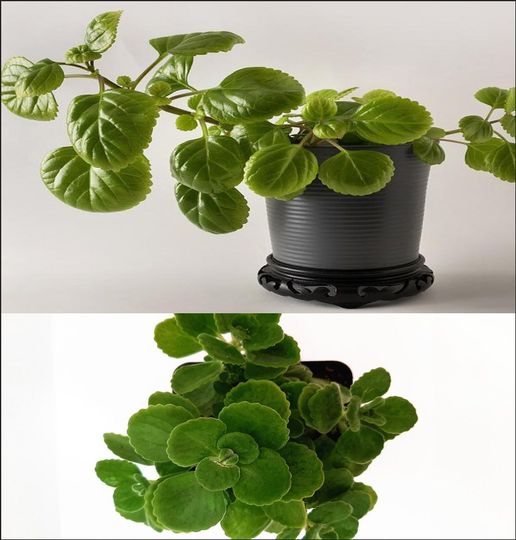Everything You Need to Know About the Money Tree (Pachira Aquatica)
The Money Tree, also known as Pachira aquatica, is one of the most popular indoor plants for both homes and offices. With its lush green leaves, braided trunk, and reputation for bringing good luck and prosperity, it’s more than just a beautiful plant—it’s a symbol of positive energy and wealth.
But there’s more to this plant than meets the eye. Whether you already have one or are thinking about adding one to your space, here’s everything you need to know about the Money Tree—care tips, symbolism, and why it might be the perfect plant for you.
🌱 What Is a Money Tree?
- Scientific Name: Pachira aquatica
- Origin: Central and South America (native to swamps and wetlands)
- Other Names: Malabar chestnut, Guiana chestnut, Saba nut
- Lifespan: Can live for years with proper care
- Popular Feature: Braided trunk (done while the tree is young and flexible)
Despite its nickname, the Money Tree doesn’t grow actual money, but it’s believed to attract wealth, prosperity, and good fortune—especially when placed in homes, businesses, or offices according to Feng Shui.
🍀 Symbolism and Feng Shui
In Feng Shui, the Money Tree is one of the most powerful plants for attracting financial success and positive energy. Here’s why:
- Five leaves per stem (usually) symbolize the five elements: wood, water, fire, earth, and metal.
- A healthy, vibrant Money Tree placed in the southeast corner of your home or office is thought to encourage abundance and good luck.
- It is a popular gift for new business openings or life milestones to wish someone prosperity and success.
🌿 How to Care for a Money Tree
Taking care of a Money Tree is relatively easy, making it a great plant for beginners and plant lovers alike.
☀️ Light
- Prefers bright, indirect sunlight
- Can tolerate low light, but growth may slow down
- Avoid direct sunlight, which can scorch the leaves
💧 Watering
- Water every 1–2 weeks, allowing the soil to dry out between waterings
- Do not overwater! The Money Tree is sensitive to root rot
- Reduce watering in winter when the plant’s growth slows
🌡️ Temperature & Humidity
- Thrives in temperatures between 65°F–80°F (18°C–27°C)
- Prefers moderate to high humidity
- Keep away from cold drafts and heating vents
🪴 Soil and Potting
- Use well-draining soil (a mix for indoor plants or cactus soil works well)
- Make sure the pot has drainage holes
- Repot every 2–3 years or when the plant outgrows its pot
✂️ Pruning
- Prune to shape or remove any yellow or damaged leaves
- Can be trimmed to encourage fuller growth
🐾 Is the Money Tree Pet-Friendly?
Yes! The Money Tree is considered non-toxic to cats and dogs, making it a safe choice for pet-friendly households. However, it’s still best to discourage pets from chewing on the leaves.
💡 Common Problems & Solutions
- Yellow leaves? Likely overwatering.
- Drooping leaves? Could be underwatering or sudden temperature changes.
- Brown leaf tips? Possibly low humidity—try misting or using a humidifier.
- Pests? Occasionally, spider mites or mealybugs may appear. Treat with neem oil or insecticidal soap.
🧘♀️ Why You’ll Love Having a Money Tree
- It’s aesthetically pleasing with its unique braided trunk and lush green foliage.
- Brings a sense of calm and nature into any indoor space.
- Considered a symbol of positivity, financial growth, and prosperity.
- Requires low maintenance, making it perfect for busy lifestyles.
📦 Where to Place Your Money Tree
- Southeast corner for prosperity (Feng Shui tip)
- Home office or living room for a calming, vibrant atmosphere
- Near entryways to invite good energy
📢 Final Thoughts
The Money Tree is more than just a pretty plant—it’s a symbol of growth, prosperity, and harmony. Whether you believe in its lucky powers or just love having green life indoors, this plant brings beauty, ease, and positive vibes to any space.
🌿💸 If you found this article helpful, don’t forget to like and share it with your fellow plant lovers and friends! Let’s spread the green and grow our indoor jungles—one Money Tree at a time! 🌱💚
